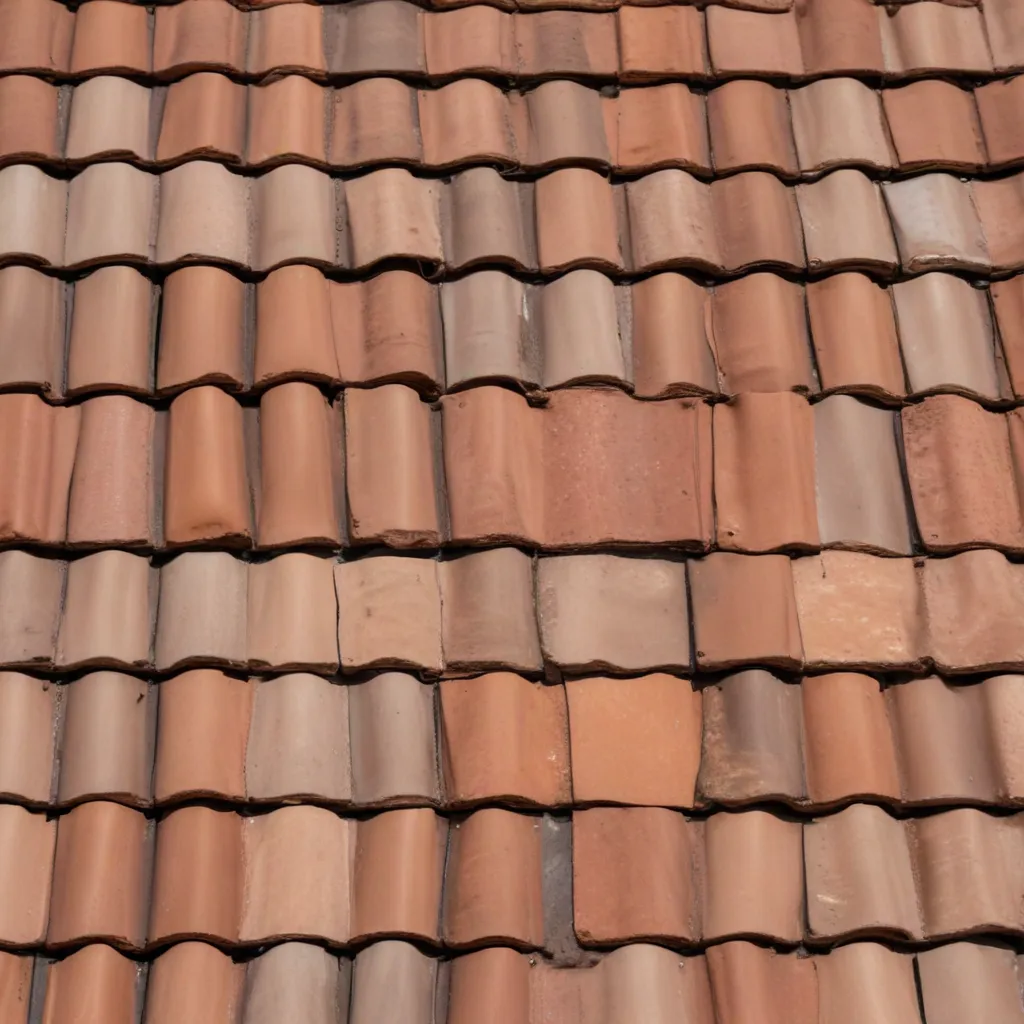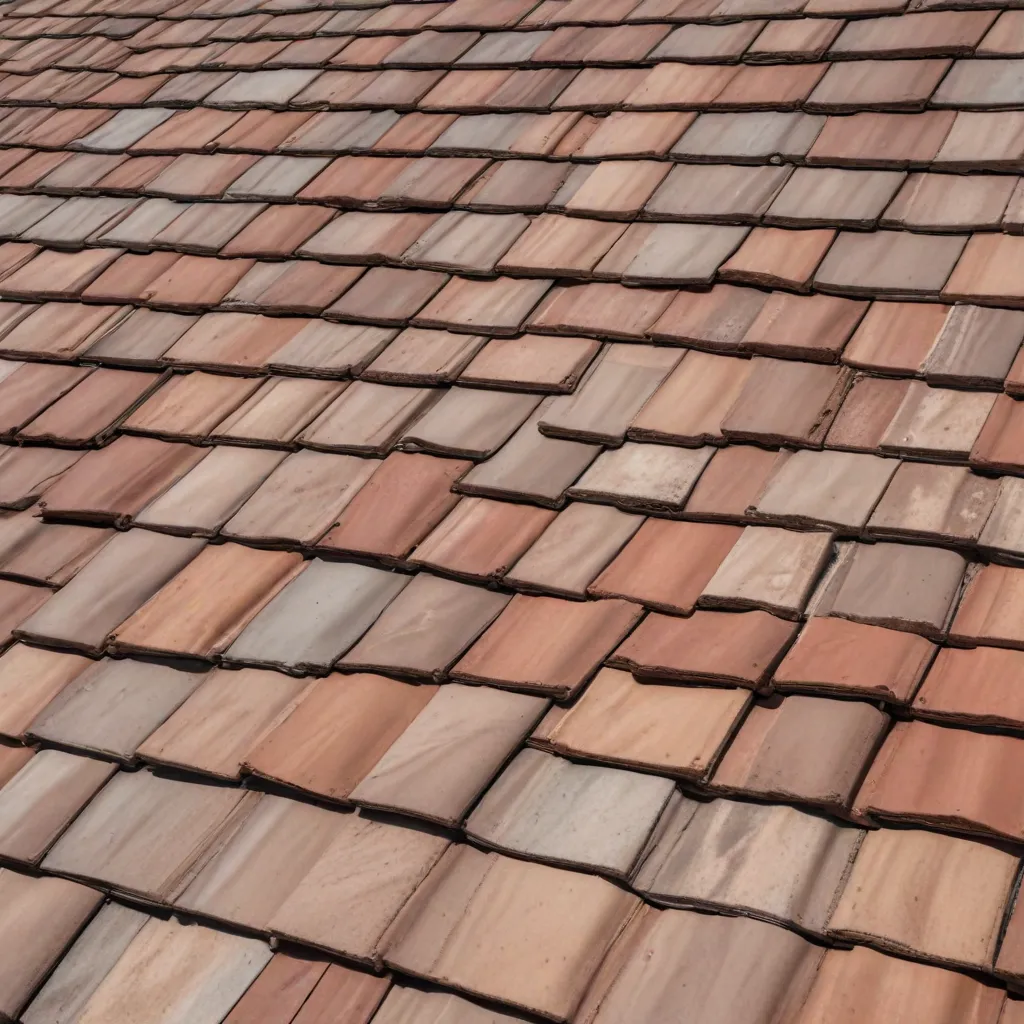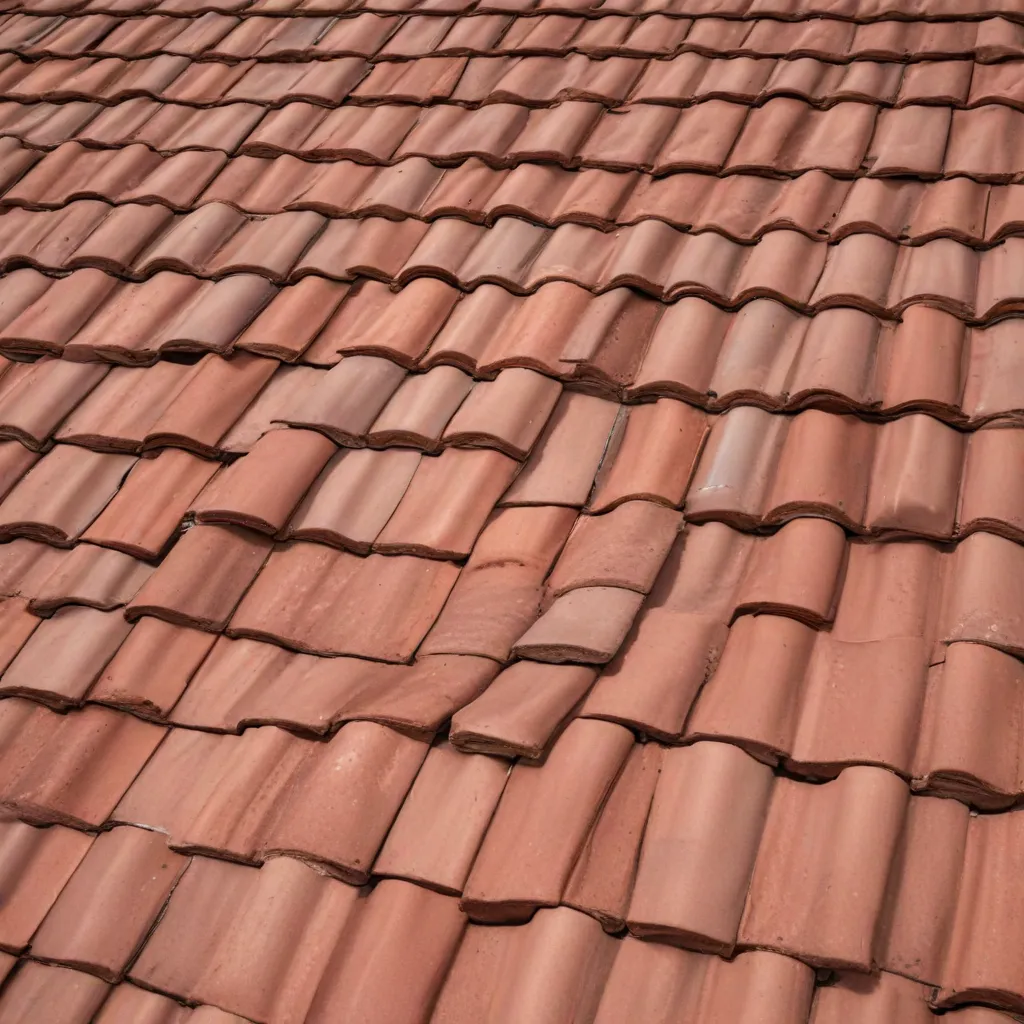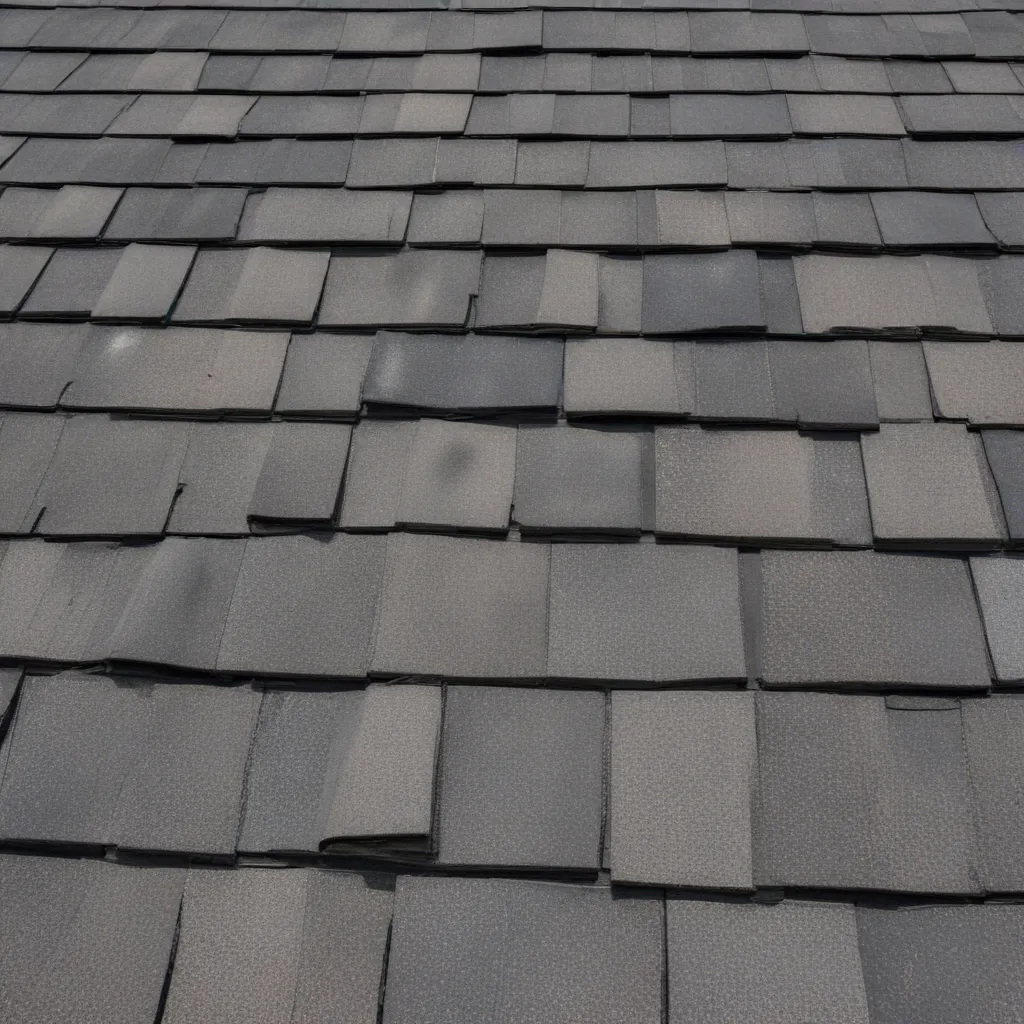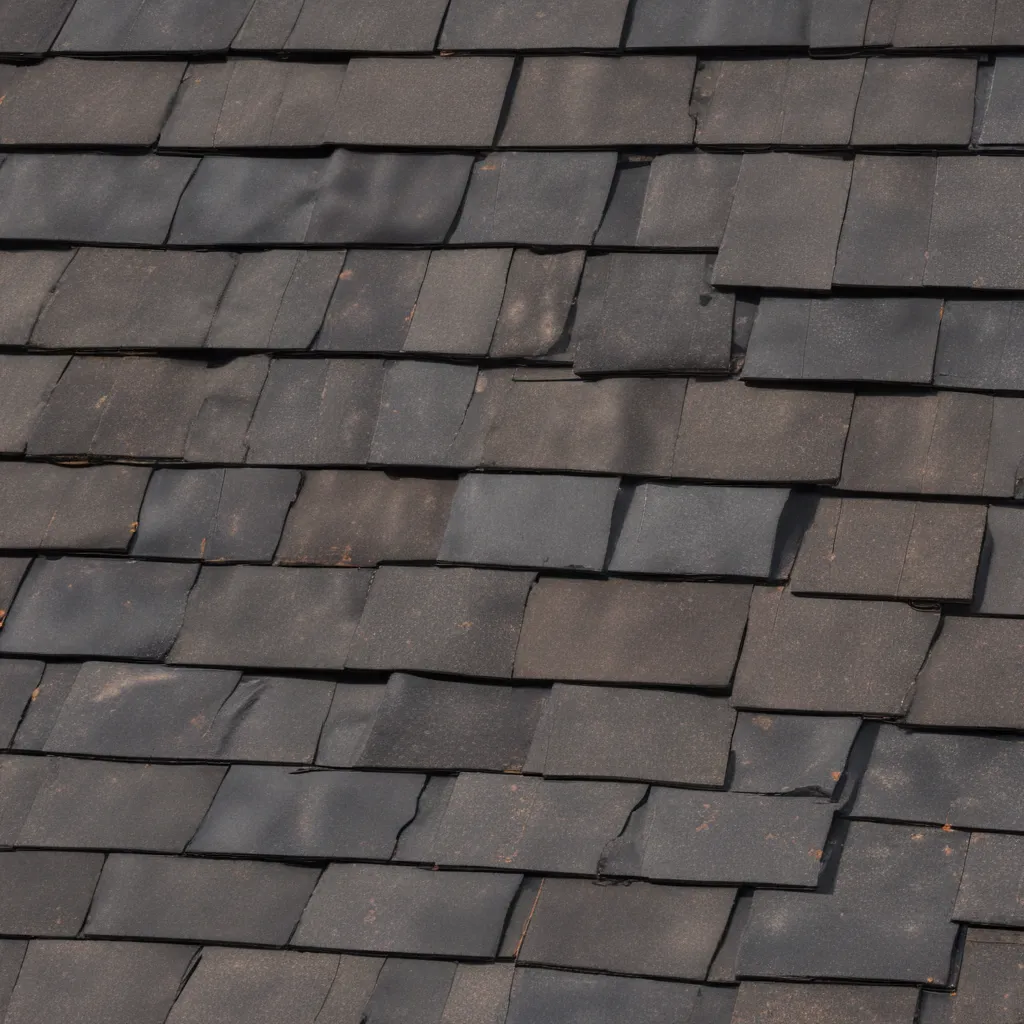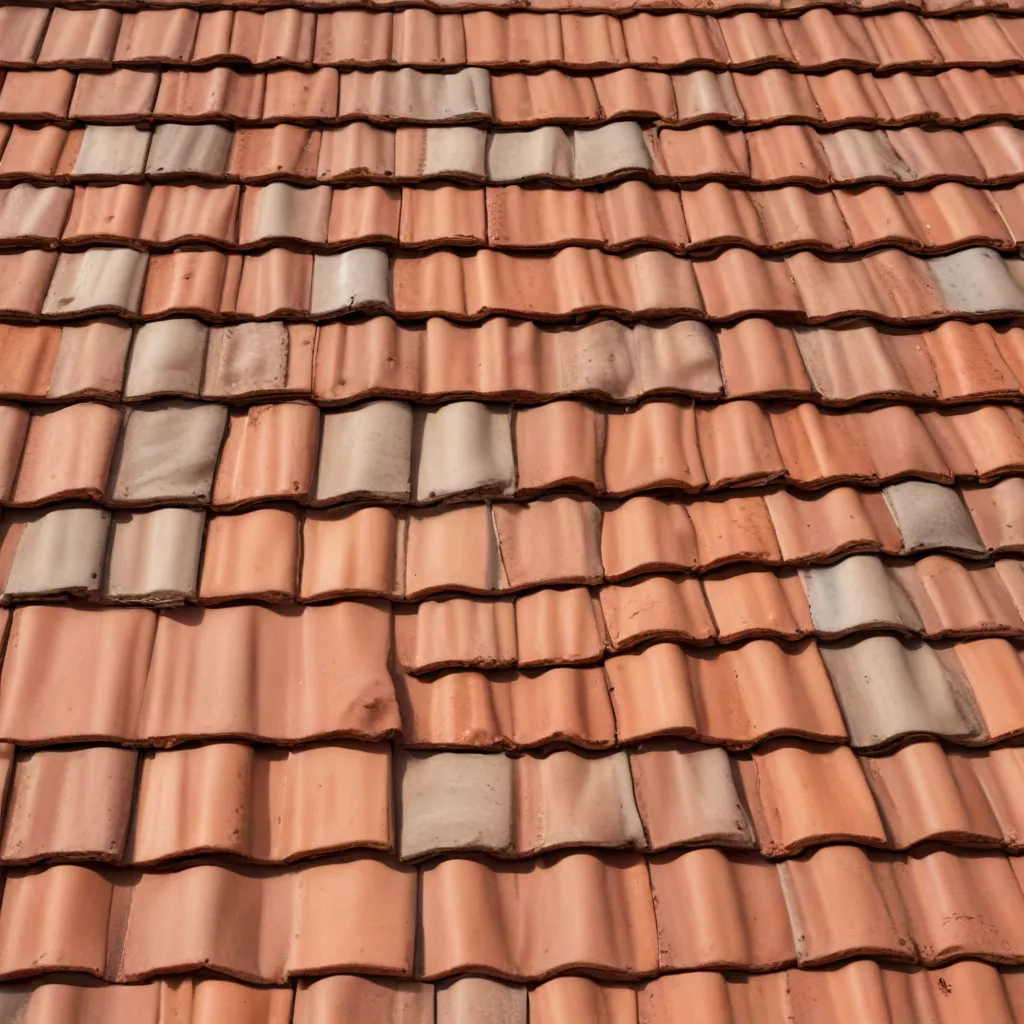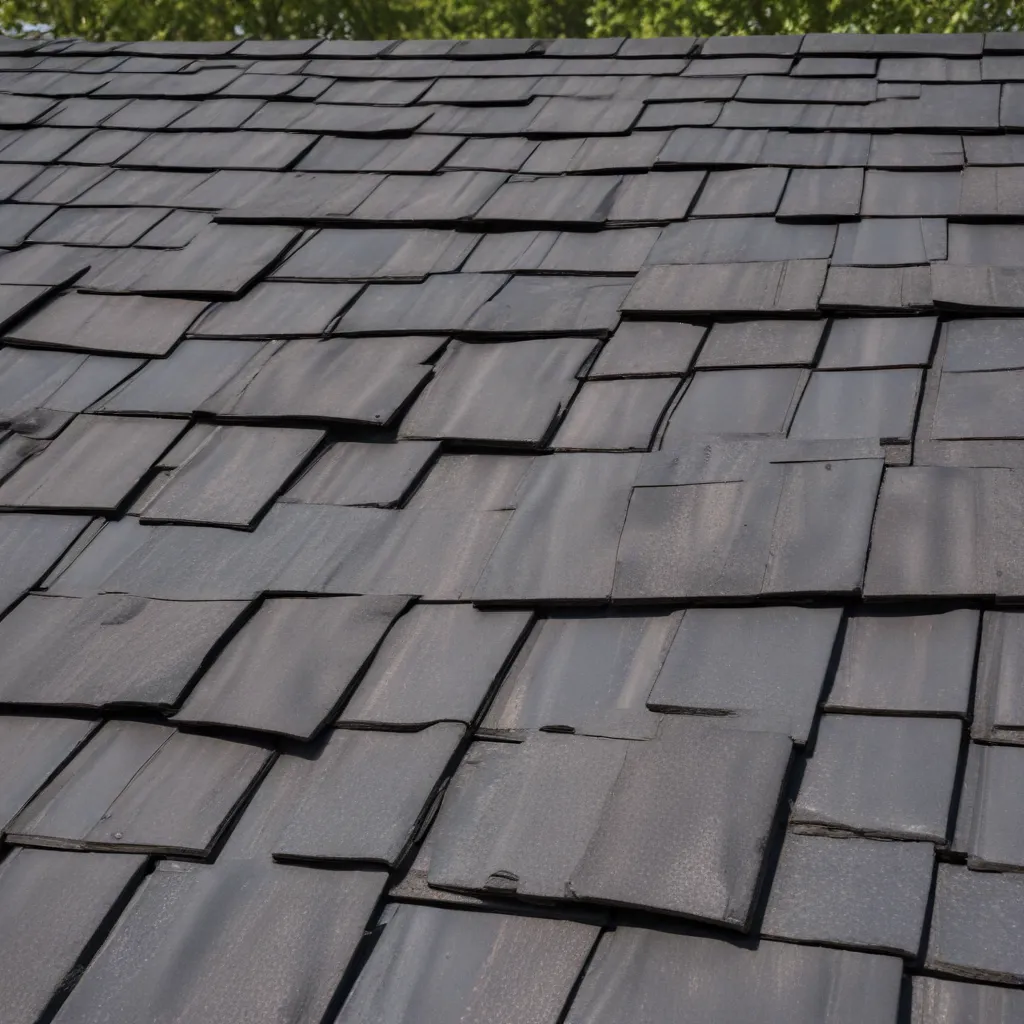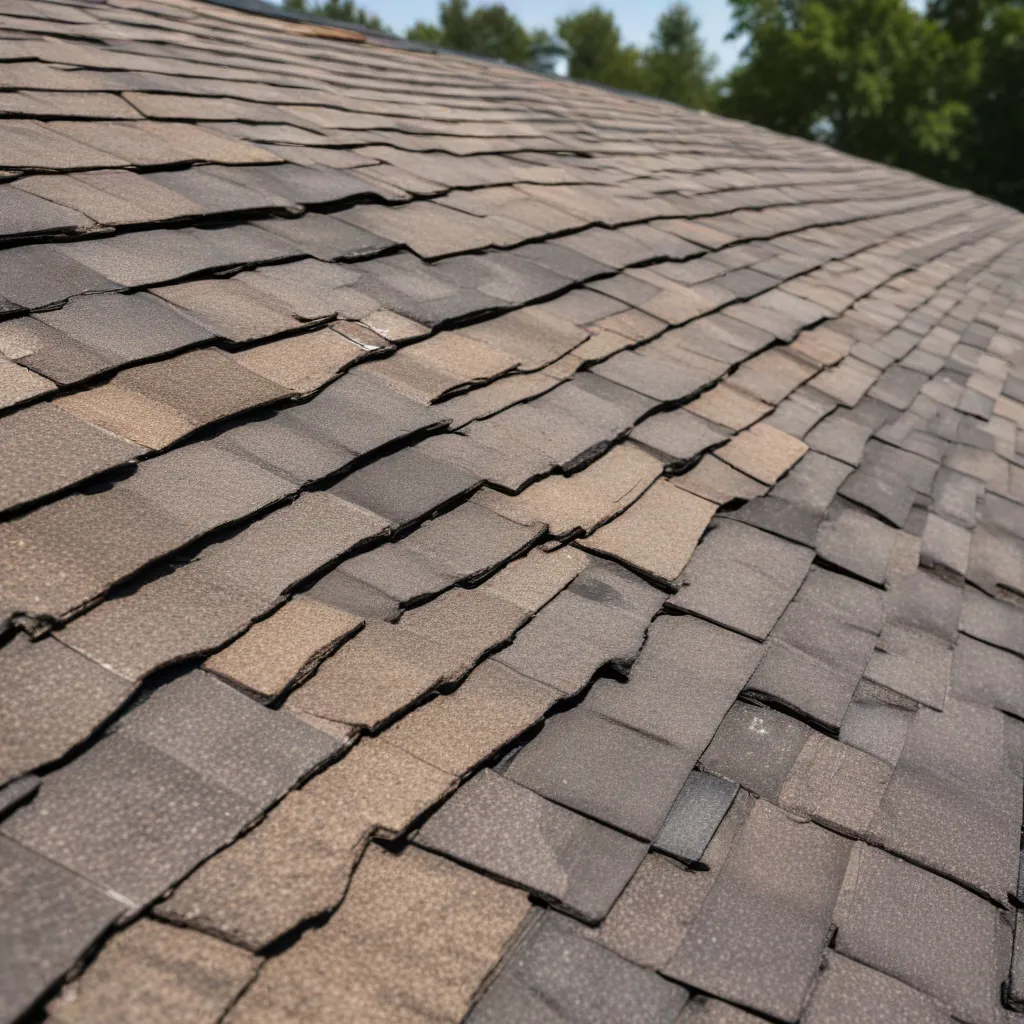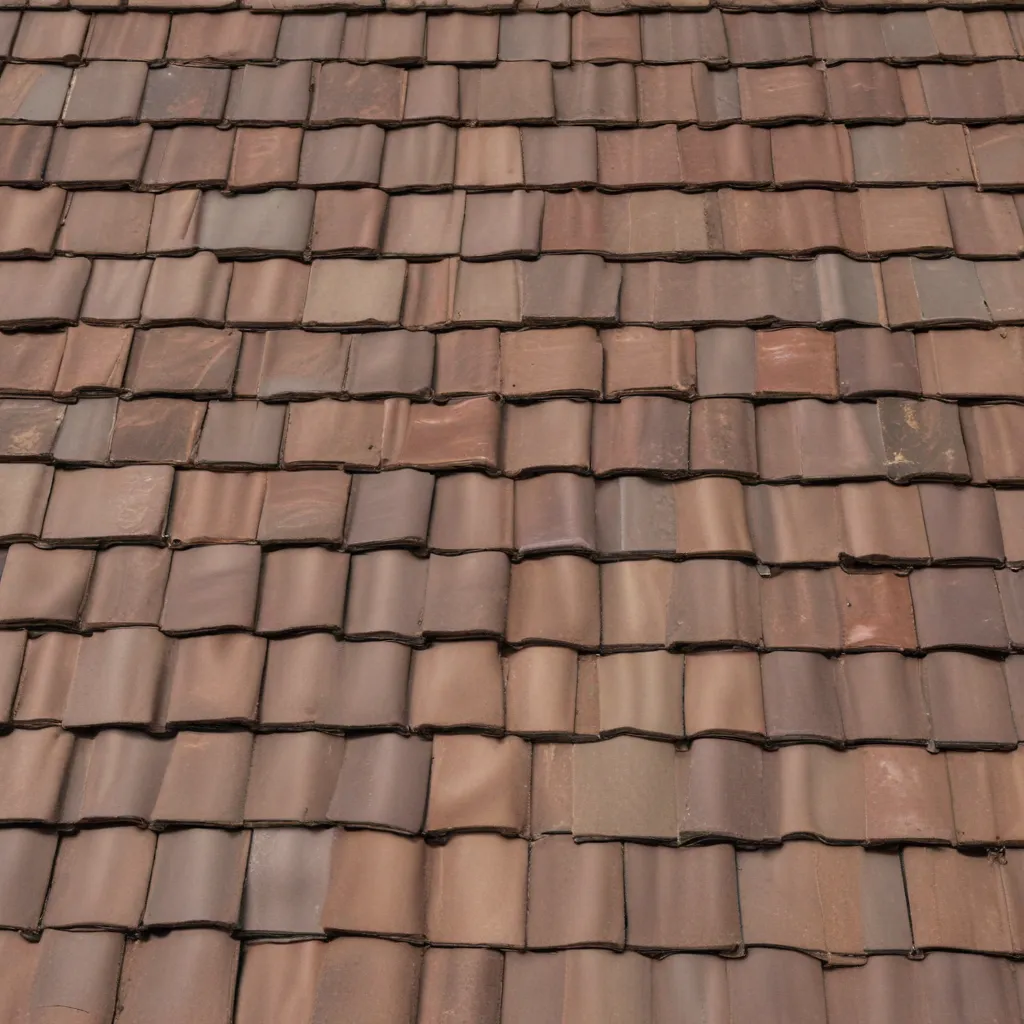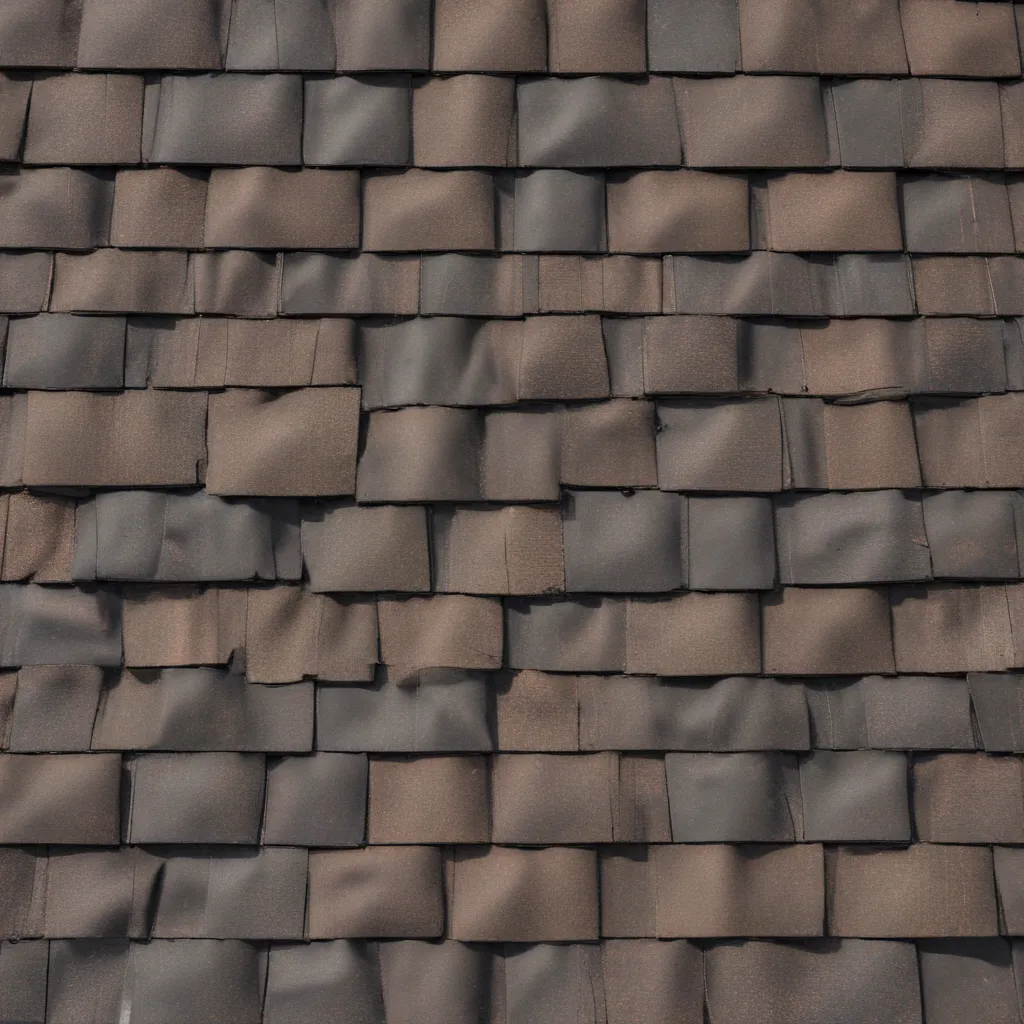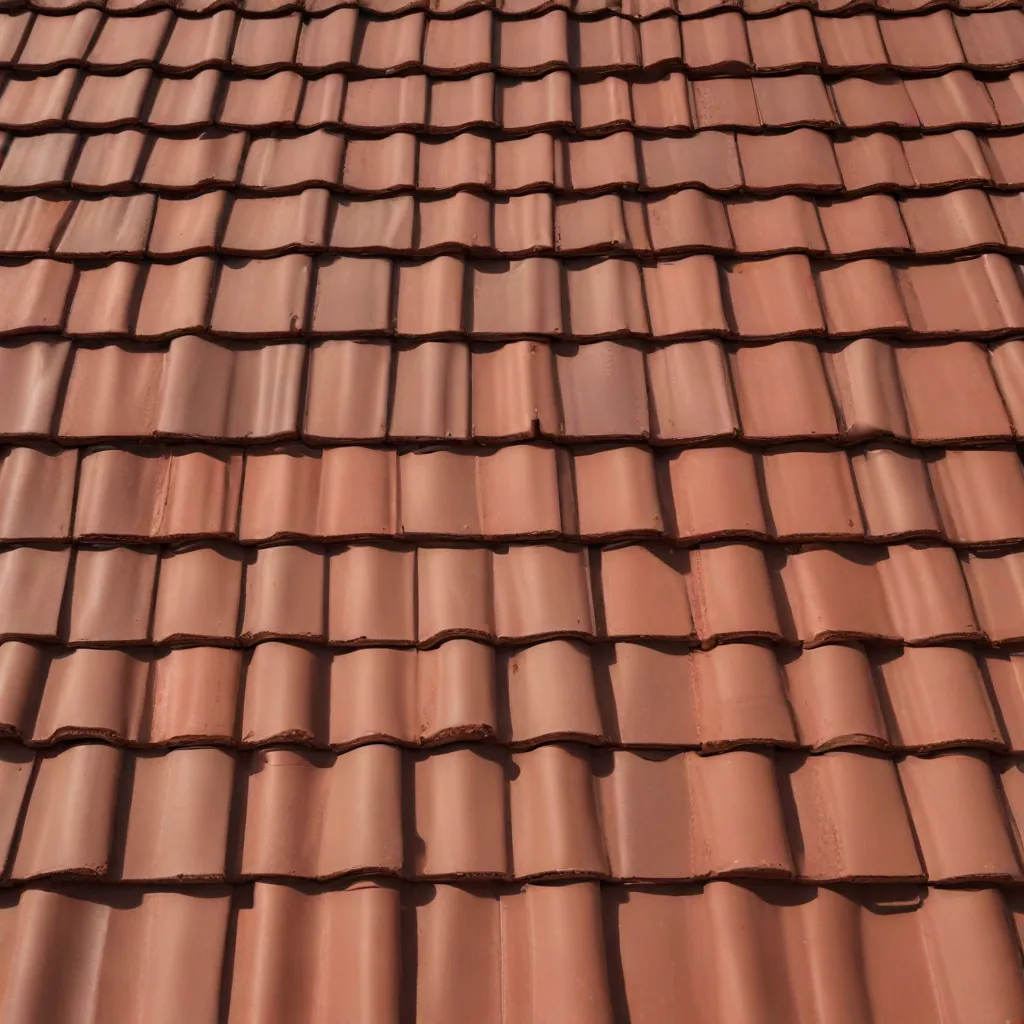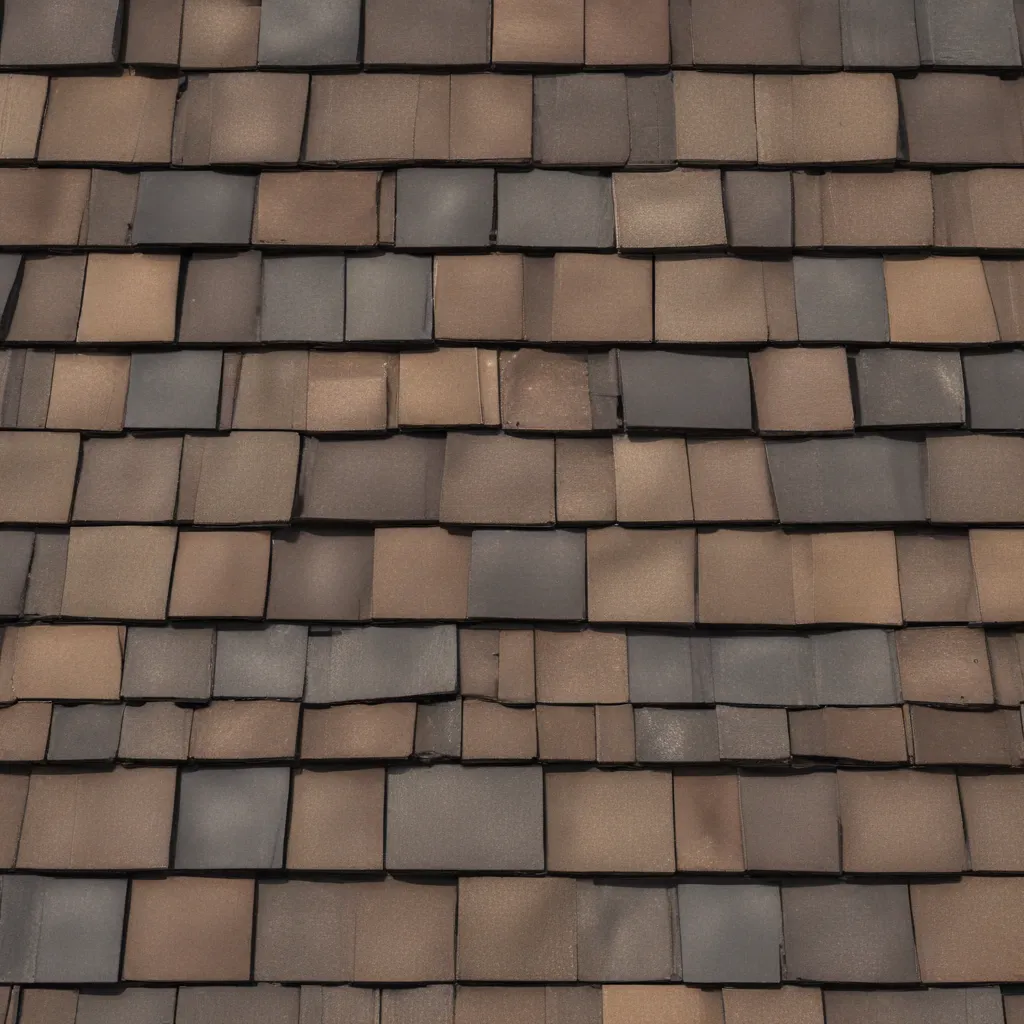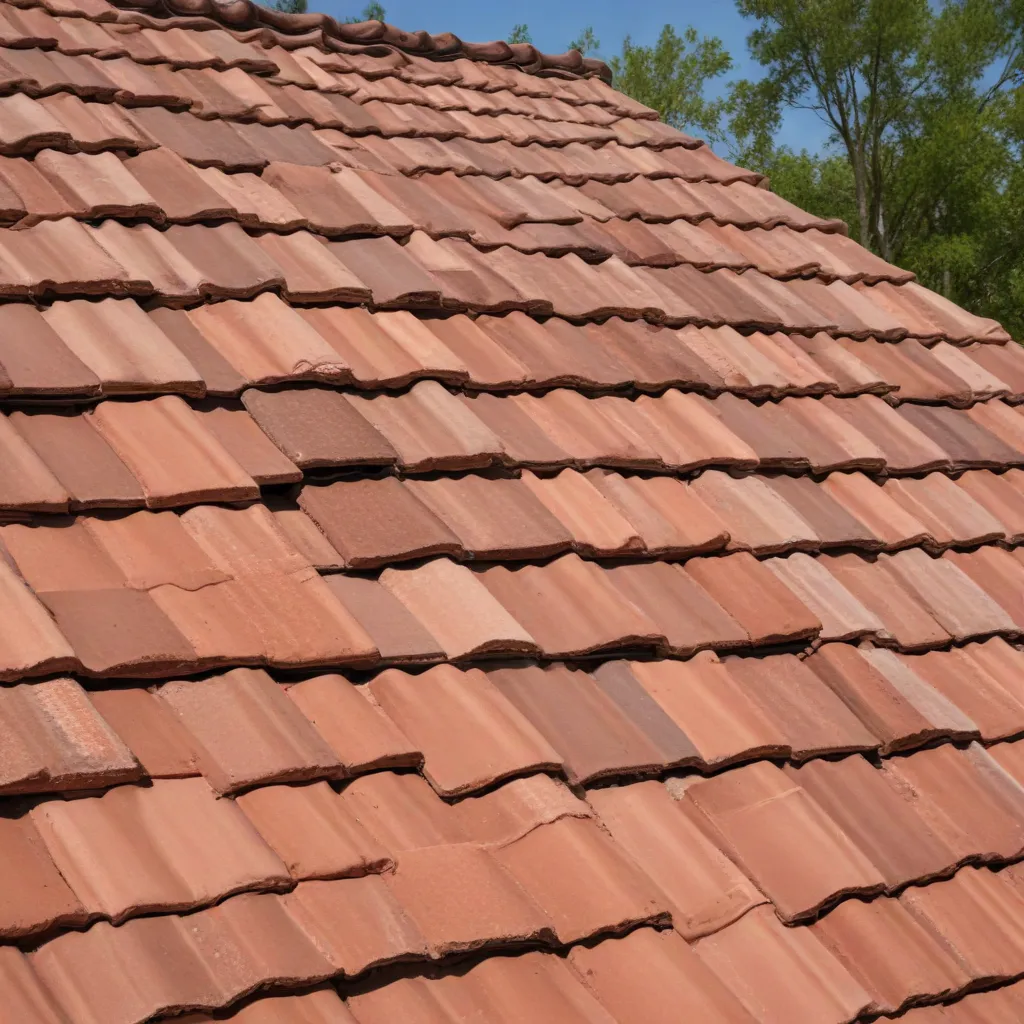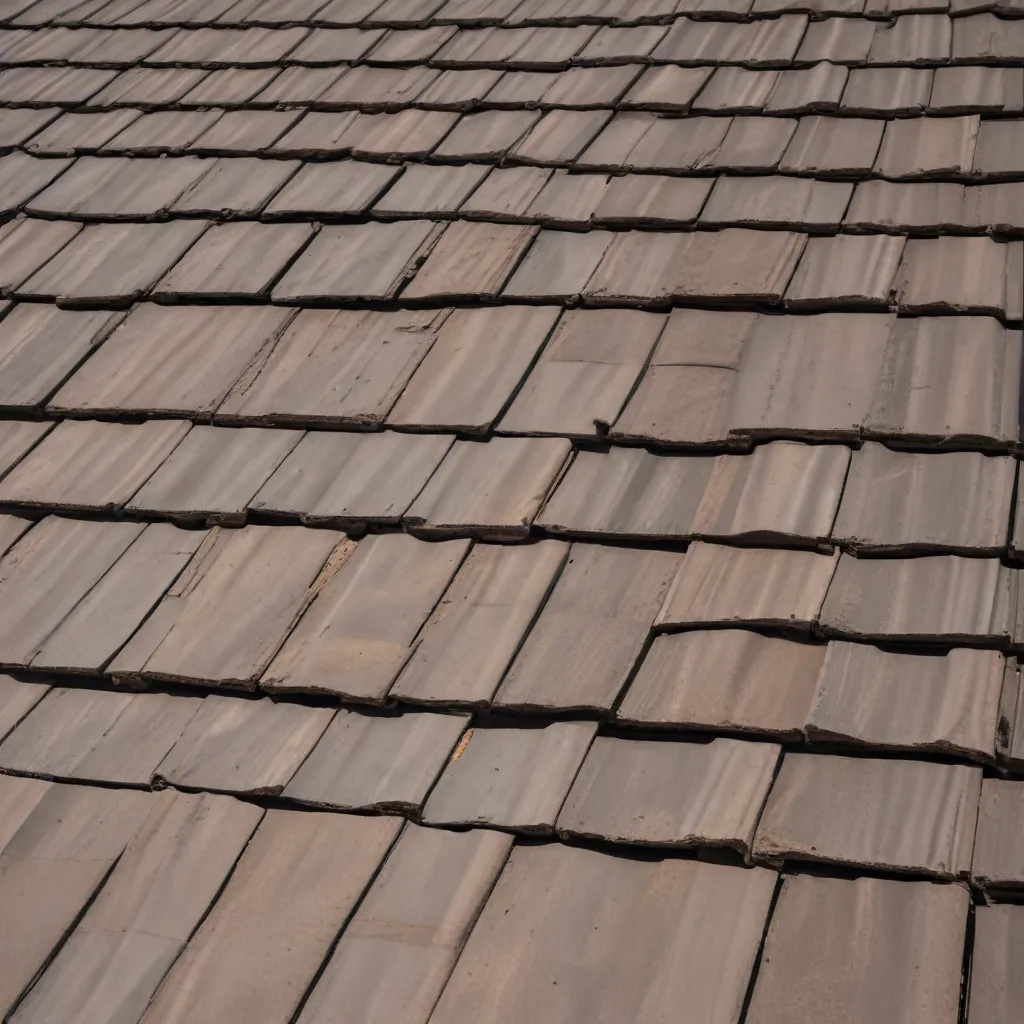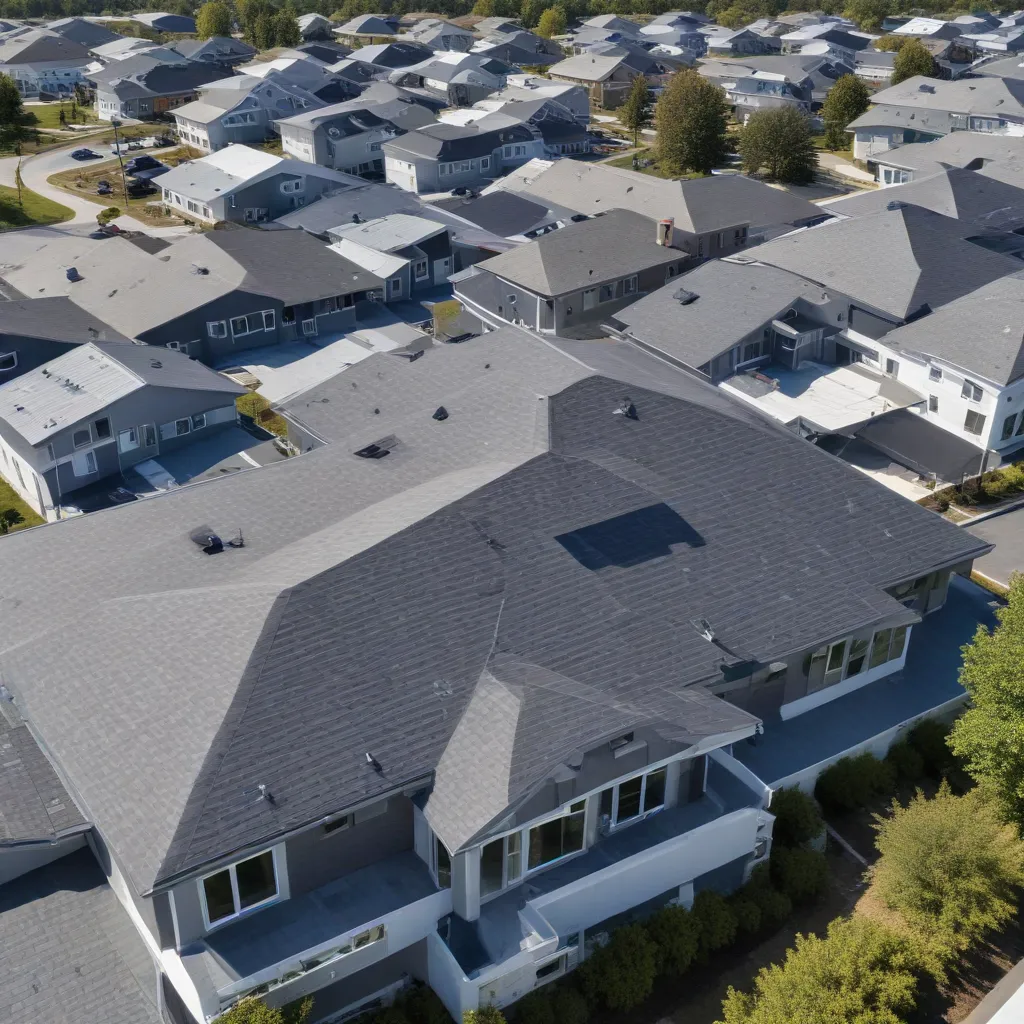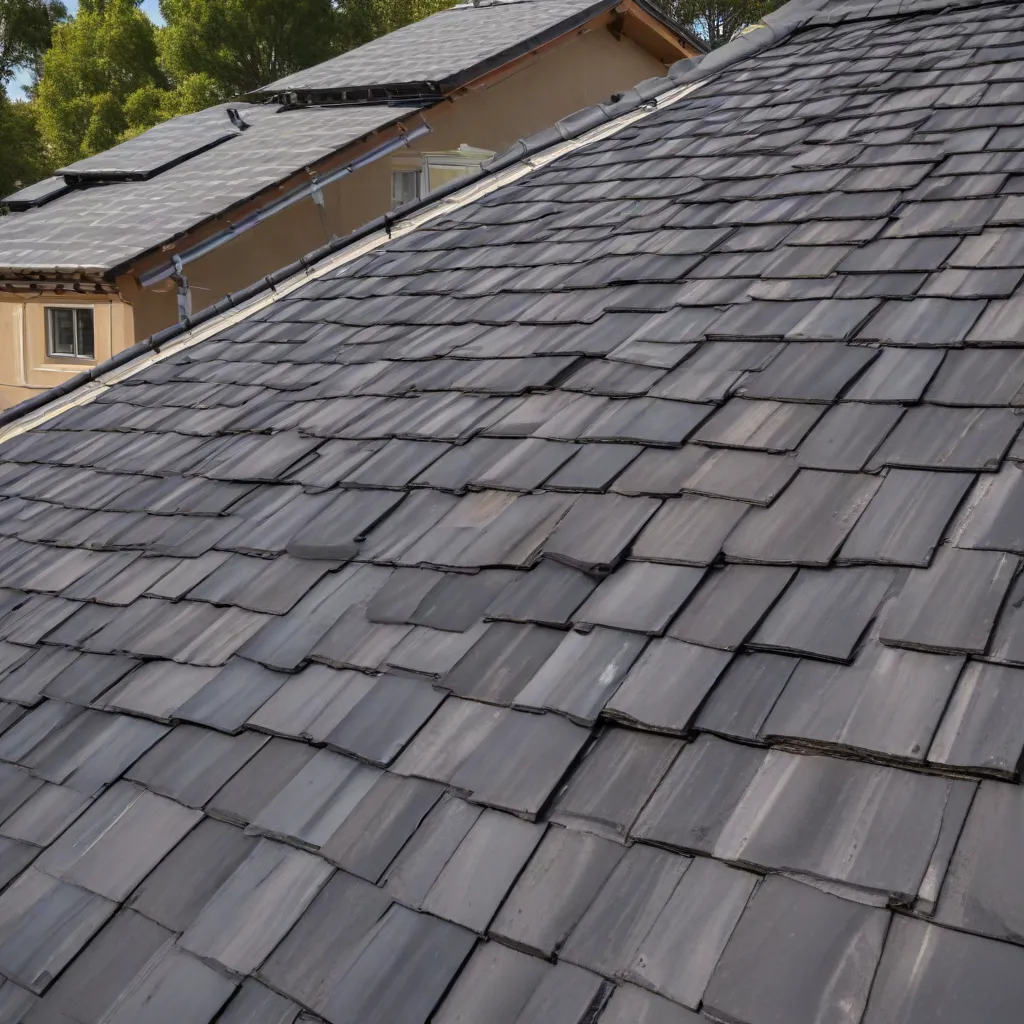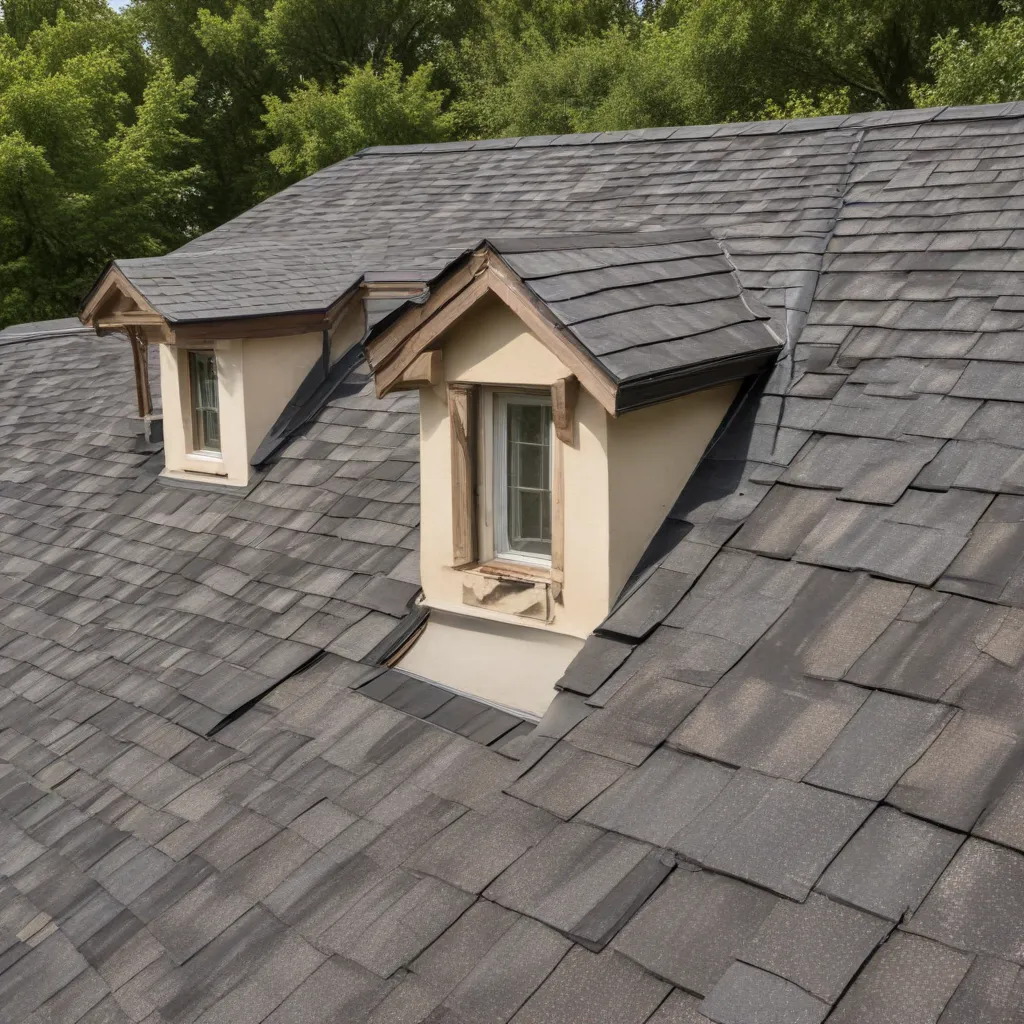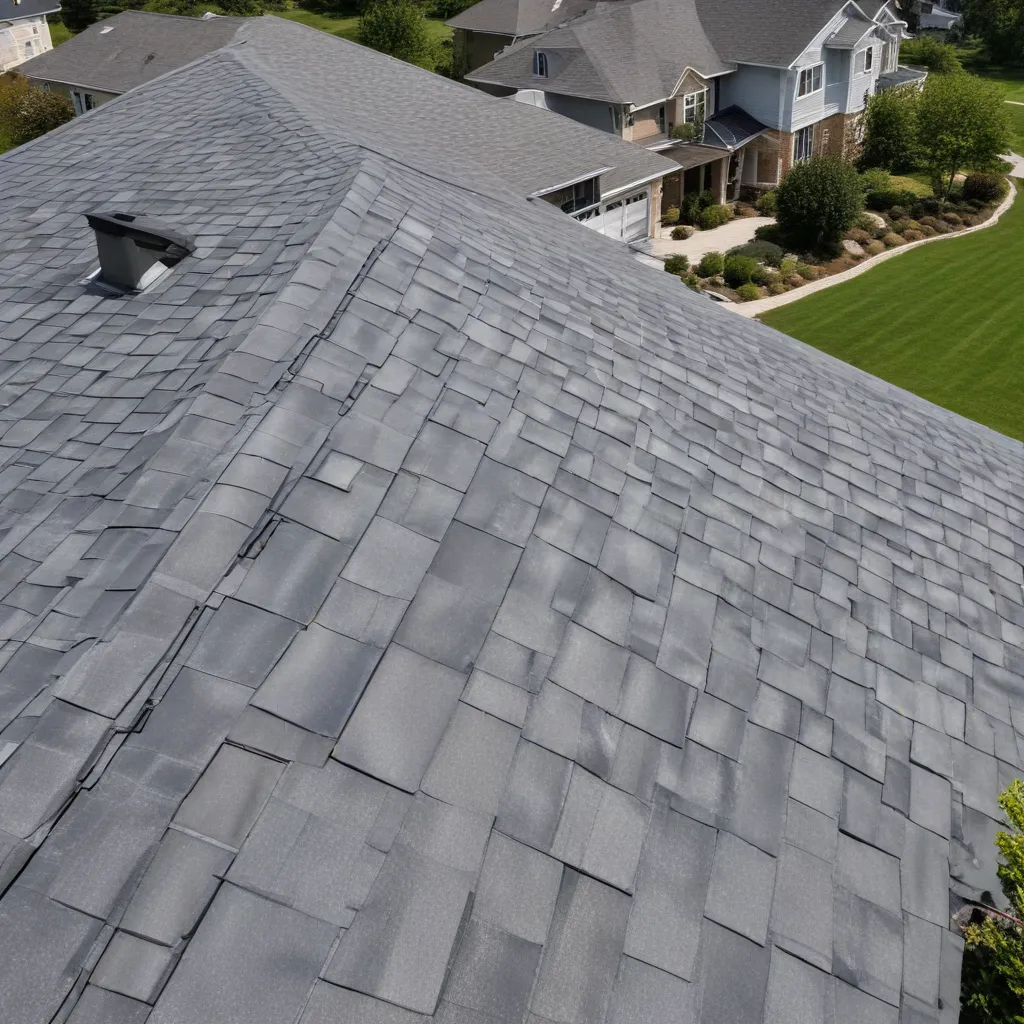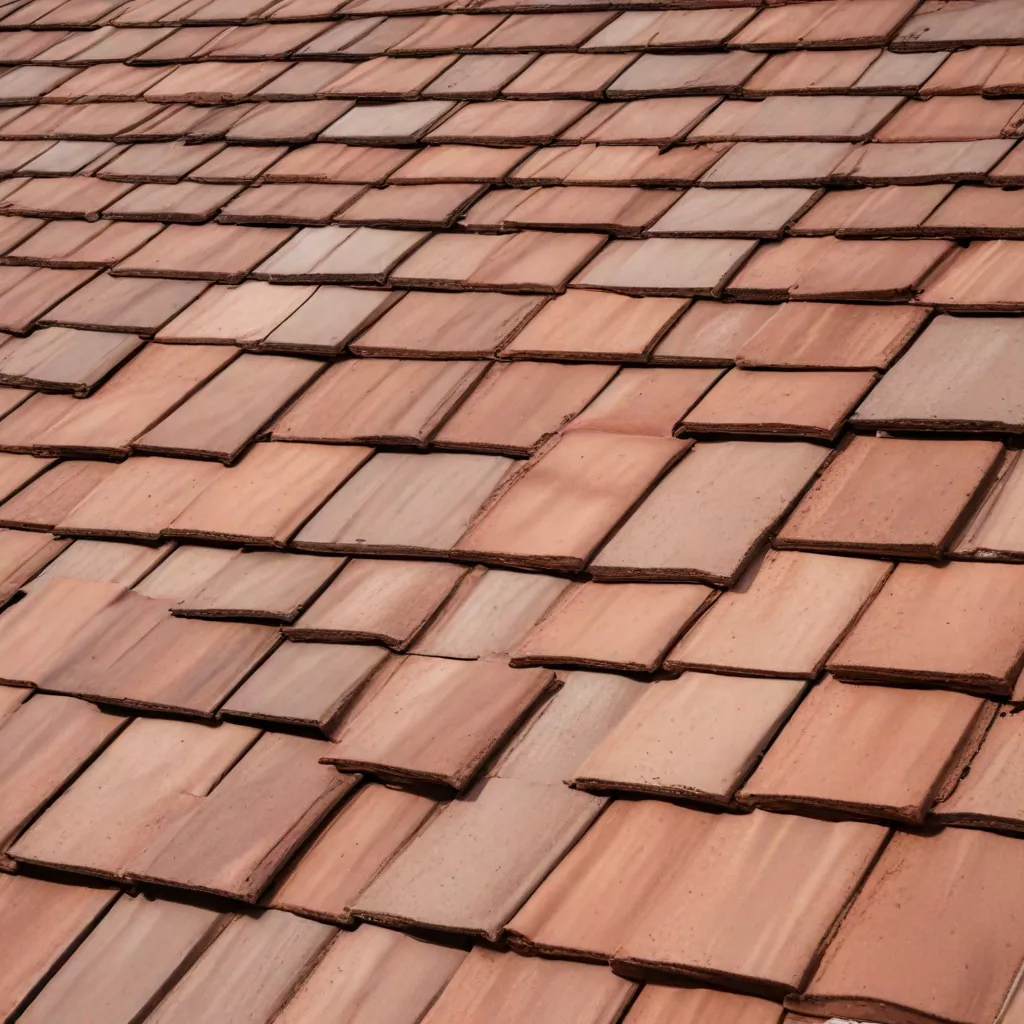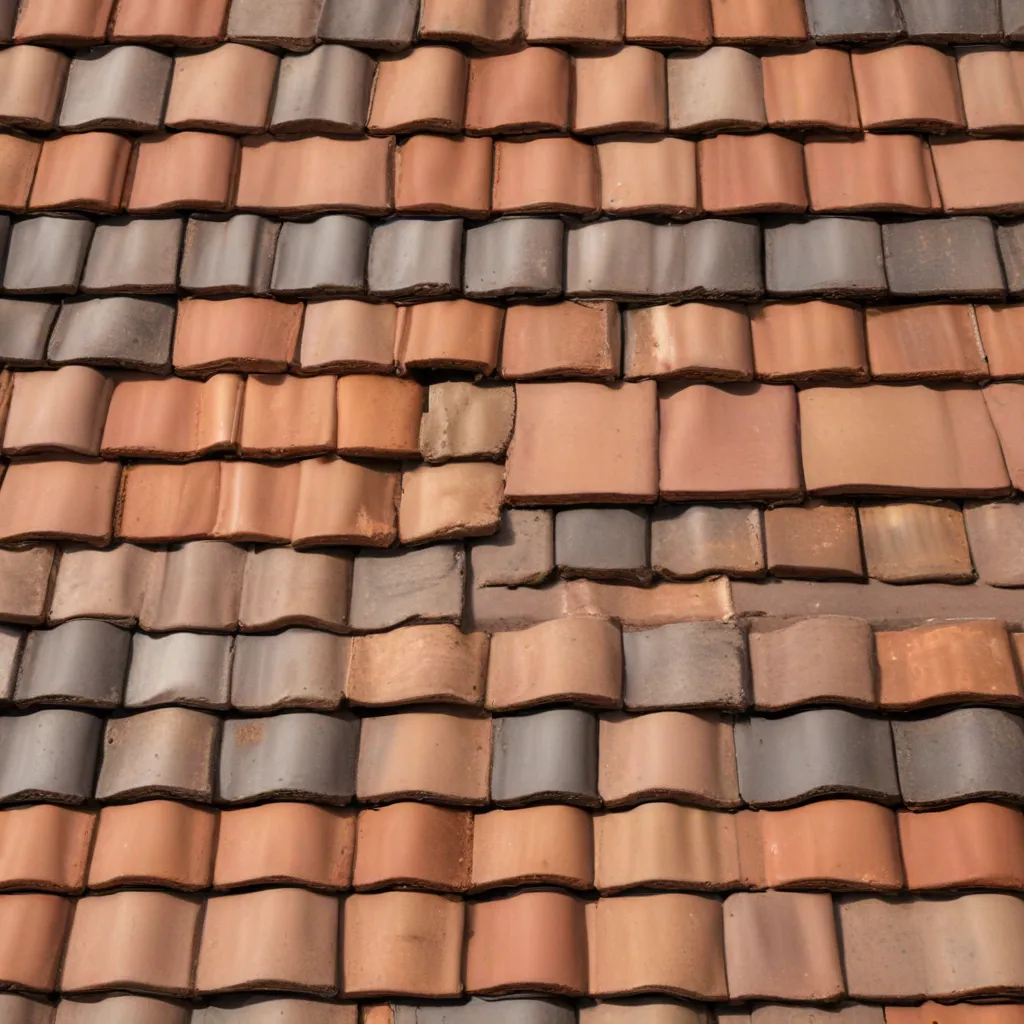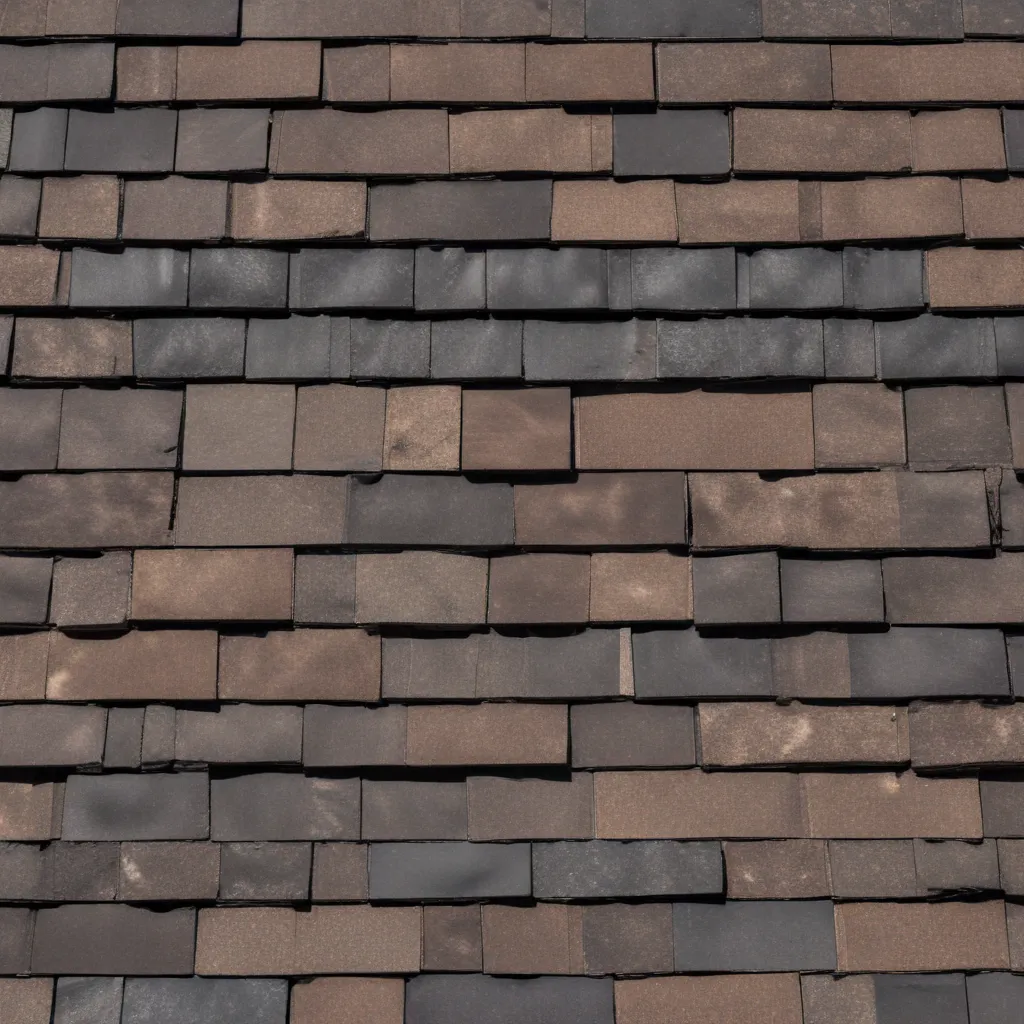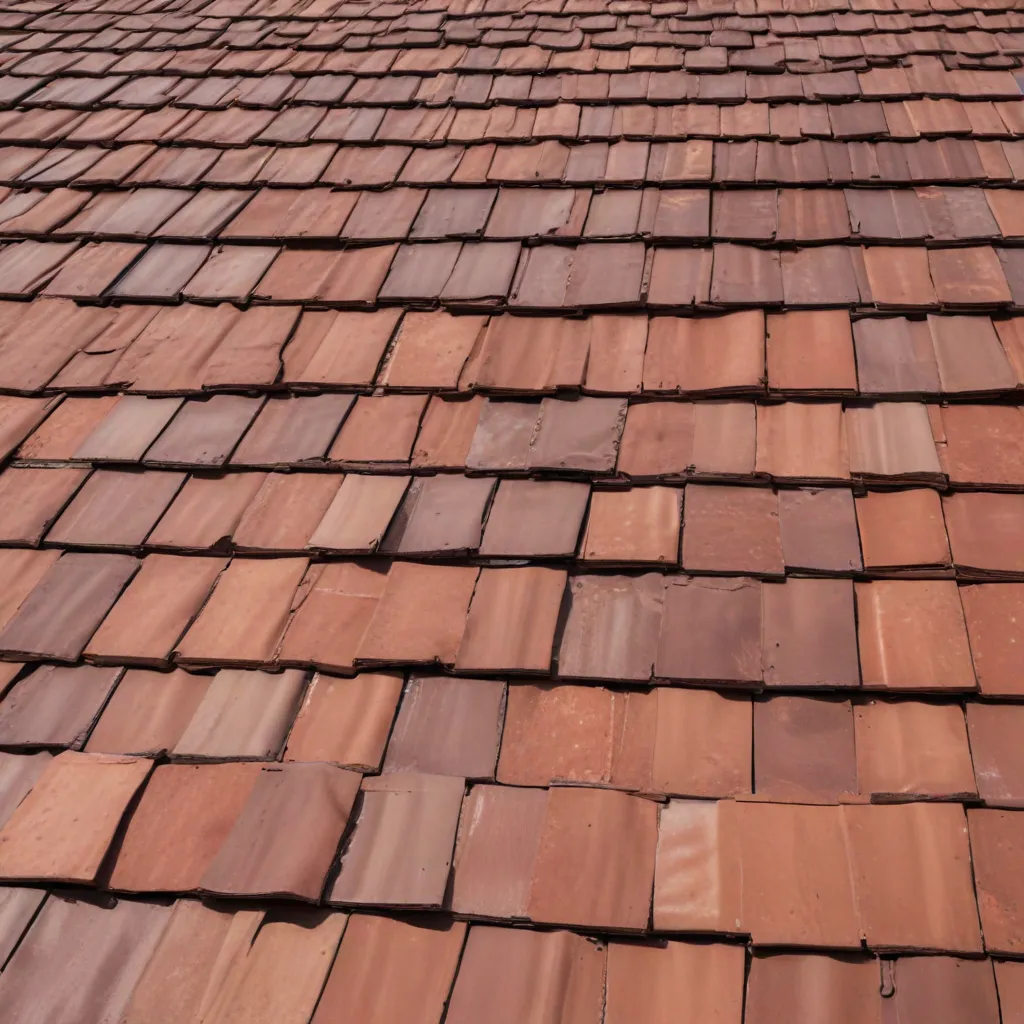
As an experienced roofing specialist, I understand the critical role a home’s roof plays in protecting both the structure and its inhabitants. In today’s world, sustainability has become a driving force, and homeowners are increasingly seeking roofing solutions that not only safeguard their property but also contribute to a greener future. Enter composite roof replacement – an innovative approach that combines superior performance, long-term durability, and environmental consciousness.
Sustainability Considerations
When it comes to roofing, the environmental impact of the materials used is a crucial factor. Traditional asphalt shingles, while widely used, have a significant carbon footprint due to their production and disposal processes. In contrast, composite roofing is designed with sustainability in mind, often incorporating recycled materials and offering a more eco-friendly alternative.
One of the primary advantages of composite roofing is its energy efficiency. These systems are engineered to provide superior insulation, reducing the energy required to heat and cool the home. By minimizing thermal transfer, composite roofs can significantly lower a homeowner’s utility bills while also contributing to a smaller carbon footprint.
Moreover, the longevity and durability of composite roofing systems cannot be overstated. Unlike traditional asphalt shingles, which typically have a lifespan of 20-30 years, many composite roofs are designed to last for 50 years or more. This extended service life not only saves homeowners the hassle and expense of frequent roof replacements but also reduces the environmental impact associated with the production and installation of new roofing materials.
Homeowner Benefits
Upgrading to a composite roof offers homeowners a multitude of benefits that extend beyond environmental considerations. One of the most significant advantages is the improvement in home value. A new, well-designed composite roof can significantly enhance a property’s curb appeal and perceived value, making it a wise investment for homeowners.
Furthermore, the low-maintenance nature of composite roofing systems can provide substantial cost savings over time. Unlike traditional asphalt shingles, which may require regular inspections, repairs, and replacement, composite roofs are designed to withstand the elements with minimal upkeep. This translates to reduced maintenance costs and a more carefree ownership experience for the homeowner.
Aesthetic appeal is another crucial factor that homeowners often consider when choosing a roofing material. Composite roofs come in a wide range of styles and colors, allowing homeowners to seamlessly integrate their new roof with the overall architectural design of their homes. Whether you prefer the timeless look of wood shake or the sleek, modern aesthetic of slate-like tiles, composite roofing offers an abundance of options to suit any homeowner’s taste.
Roofing System Options
When it comes to composite roof replacement, homeowners have several options to consider, each with its own set of advantages and trade-offs. Let’s explore the most popular choices:
Composite Shingle Roofing: These shingles are manufactured using a blend of recycled materials, such as plastics and rubber, combined with fiberglass or asphalt. They offer superior durability, impact resistance, and a contemporary, yet classic appearance.
Metal Roofing: While not strictly a composite material, metal roofs have gained significant popularity in recent years due to their exceptional longevity, fire resistance, and energy efficiency. Metal roofing systems can last for 50 years or more, making them a compelling long-term investment.
Tile Roofing: Clay and concrete tiles are another popular choice for composite roof replacements. These durable, weather-resistant materials offer a timeless aesthetic and can withstand the harshest environmental conditions, including high winds and heavy rain.
When selecting the right roofing system, it’s crucial for homeowners to consider their local climate, architectural style, and personal preferences to make an informed decision that aligns with their needs and desired outcomes.
Installation and Preparation
Proper installation is paramount for the long-term performance and durability of any roofing system, including composite roofs. Before the installation process begins, a thorough roof inspection should be conducted to assess the condition of the existing roof, identify any underlying issues, and ensure a smooth transition to the new composite system.
During the installation phase, the existing roofing materials must be meticulously removed, and the roof deck must be prepared to receive the new composite system. This may involve addressing any structural issues, installing proper underlayment, and ensuring optimal ventilation to maintain the integrity of the new roof.
Experienced roofing professionals, like those at Genuine Roof Systems, are well-versed in the intricate installation techniques required for composite roofing. They will work closely with homeowners to ensure that the new roof is installed with the utmost precision, adhering to all relevant building codes and industry standards.
Regulatory Compliance and Permits
When embarking on a composite roof replacement project, homeowners must be mindful of local building codes, homeowner association (HOA) guidelines, and the permitting process. These regulatory requirements can vary significantly depending on the location, and it’s crucial to research and comply with all applicable rules and regulations.
In some cases, HOAs may have specific guidelines or restrictions regarding the type of roofing materials allowed or the aesthetic appearance of the new roof. Homeowners should review and seek approval from their HOA before proceeding with the composite roof replacement.
Additionally, most municipalities require a permit for roof replacement projects. The permitting process ensures that the installation meets the necessary safety and structural standards. Homeowners should work closely with their roofing contractor to navigate the permitting requirements and secure all necessary approvals before the project commences.
Financing and Incentives
The initial cost of a composite roof replacement can be a significant factor for many homeowners. However, it’s essential to consider the long-term benefits and potential cost savings when evaluating the overall investment.
When comparing the costs of composite roofing to traditional asphalt shingles or metal roofing, it’s important to look beyond the upfront price tag. Composite roofs often offer lower maintenance costs, enhanced energy efficiency, and a longer lifespan, which can translate to substantial savings over time.
Moreover, many state and federal governments offer tax credits, rebates, or other financial incentives for homeowners who choose to install energy-efficient roofing systems, including composite roofs. These programs are designed to encourage sustainable home improvement projects and can help offset the initial investment.
By exploring financing options and taking advantage of available incentives, homeowners can make a more informed decision and ensure that their composite roof replacement aligns with their budget and long-term goals.
Conclusion
Upgrading to a composite roof represents a pivotal step in the journey towards a more sustainable future for homeowners. By embracing the benefits of composite roofing, homeowners can enjoy enhanced energy efficiency, improved home value, and reduced maintenance costs, all while contributing to a greener, more eco-friendly environment.
As an experienced roofing specialist, I encourage homeowners to carefully weigh the advantages of composite roof replacement and explore the diverse range of options available. With the guidance of reputable roofing professionals, such as those at Genuine Roof Systems, homeowners can navigate the installation process, regulatory requirements, and financing considerations to make an informed and transformative decision for their homes.
The future of roofing is composite, and by embracing this innovative solution, homeowners can truly build a lasting legacy of sustainability and environmental stewardship. It’s time to upgrade to a composite roof and embark on a journey towards a brighter, more sustainable tomorrow.

